Home>Renovation & DIY>Tools & Equipment>What Grit Sandpaper To Sand Semi Gloss Paint
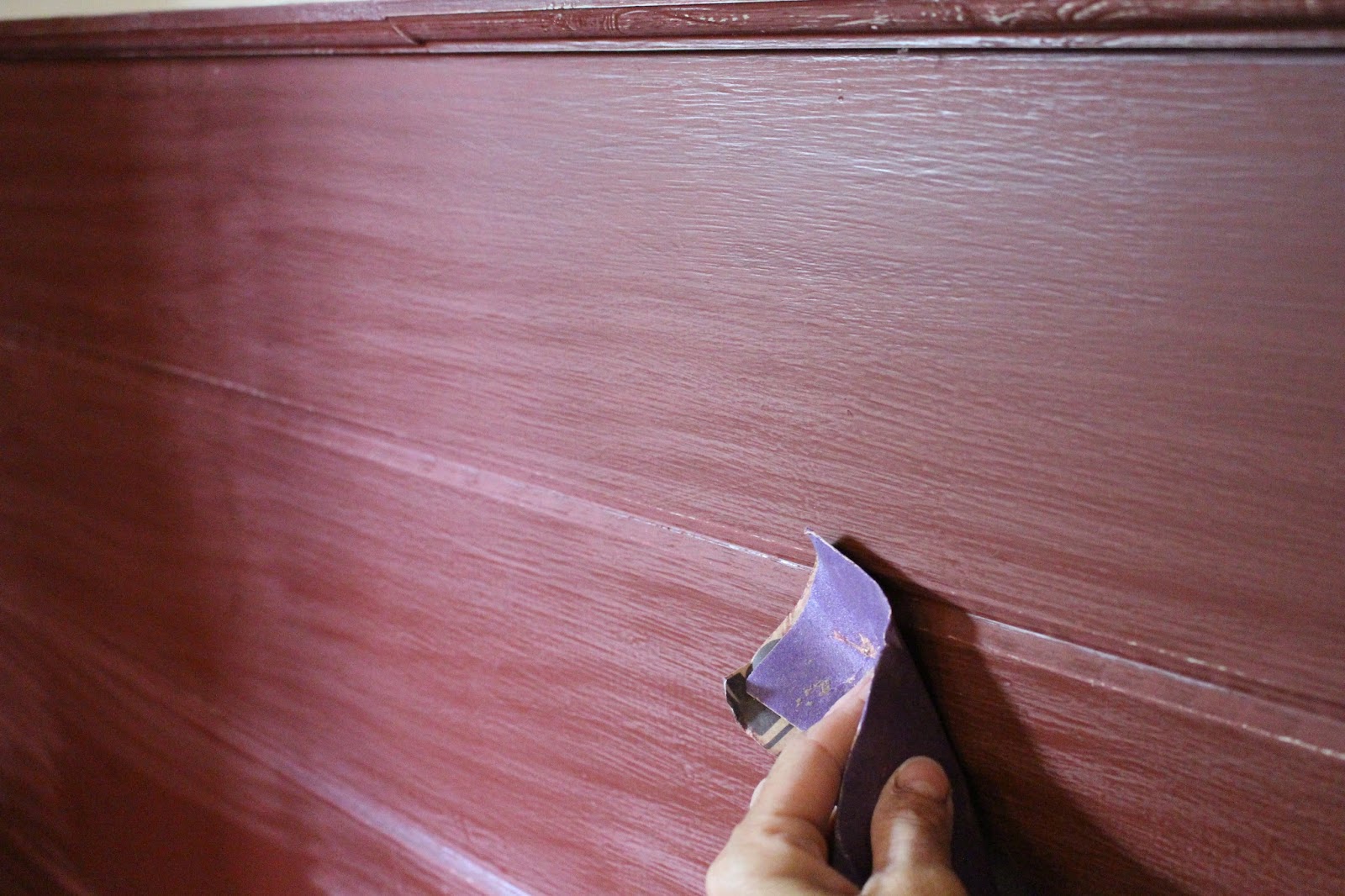

Tools & Equipment
What Grit Sandpaper To Sand Semi Gloss Paint
Published: December 20, 2023
Discover the best grit sandpaper for sanding semi-gloss paint and achieve a smooth finish with the right tools and equipment. Choose the perfect grit for your project and get professional results.
(Many of the links in this article redirect to a specific reviewed product. Your purchase of these products through affiliate links helps to generate commission for Storables.com, at no extra cost. Learn more)
Introduction
When it comes to refinishing or repainting surfaces, the process of sanding plays a crucial role in achieving a smooth and professional finish. Whether you are a seasoned DIY enthusiast or a professional contractor, understanding the intricacies of sandpaper grit and its application is essential for achieving the desired results. In this comprehensive guide, we will delve into the world of grit sandpaper and its relevance to sanding semi-gloss paint. By the end of this article, you will have a thorough understanding of how to select the right grit sandpaper for sanding semi-gloss paint, ensuring that your painting projects yield flawless and lasting results. So, let's embark on this insightful journey into the realm of grit sandpaper and its application in sanding semi-gloss paint.
Key Takeaways:
- Choose coarser grit sandpaper (40-80) to remove imperfections when sanding semi-gloss paint. Transition to finer grits (120-220) for a smooth surface before repainting or refinishing.
- Consider surface condition, paint adhesion, material sensitivity, and project goals when selecting grit sandpaper for sanding semi-gloss paint. Coarser grits for imperfections, finer grits for smoothness.
Read more: What Grit Sandpaper For Sanding Spackle
Understanding Grit Sandpaper
Before delving into the specifics of sanding semi-gloss paint, it’s essential to comprehend the significance of grit sandpaper. Grit refers to the number of abrasive particles per square inch of the sandpaper. The higher the grit number, the finer the sandpaper. Conversely, lower grit numbers denote coarser sandpaper. Common grit ranges include 40 to 60 for heavy material removal, 80 to 120 for medium sanding, 150 to 180 for fine sanding, and 220 to 240 for extra fine finishing.
When sanding semi-gloss paint, the choice of grit sandpaper is pivotal in achieving the desired level of smoothness without compromising the underlying surface. Coarser grits, such as 40 to 80, are ideal for initial paint removal or addressing imperfections, while finer grits, ranging from 120 to 220, are suitable for achieving a smooth and even surface for repainting.
Understanding the characteristics of different grit sandpapers empowers you to approach each sanding task with precision and confidence. Additionally, being mindful of the surface material and the extent of paint adhesion aids in determining the most suitable grit for the job. With this foundational knowledge, you are better equipped to tackle the nuances of sanding semi-gloss paint effectively and efficiently.
Sanding Semi Gloss Paint
When it comes to sanding semi-gloss paint, the goal is to create an optimal surface for repainting or refinishing. Semi-gloss paint, known for its durability and sheen, presents unique challenges when it comes to preparing the surface for additional coats of paint or for a different finish. The key lies in employing the right grit sandpaper and adopting a systematic approach to achieve a flawless result.
Prior to commencing the sanding process, it is essential to prepare the work area by covering surrounding surfaces to prevent dust and debris from settling. Additionally, wearing appropriate personal protective equipment, such as a dust mask and safety goggles, is imperative to safeguard your respiratory system and eyes from airborne particles.
Begin by assessing the condition of the semi-gloss painted surface. If there are imperfections, such as drips, bumps, or uneven areas, utilizing coarser grit sandpaper within the 40 to 80 range is recommended to address these issues effectively. This initial sanding phase aims to level the surface and remove any irregularities, thereby providing a uniform foundation for subsequent refinishing.
Following the initial sanding, transitioning to finer grit sandpaper, typically within the 120 to 220 range, facilitates the smoothing of the surface and the removal of any visible sanding marks left by the coarser grit. This meticulous approach ensures that the semi-gloss surface is impeccably prepared for the application of additional coats of paint or for a different finish, such as matte or satin.
Throughout the sanding process, it is crucial to maintain a consistent and even pressure, moving the sandpaper in smooth, overlapping strokes. This technique minimizes the risk of creating uneven patches or dips in the surface, resulting in a professional-grade finish that is ready for the next phase of the refinishing project.
By understanding the nuances of sanding semi-gloss paint and employing the appropriate grit sandpaper, you can transform a previously painted surface into a pristine canvas, poised for a fresh and flawless coat of paint or a new finish, ultimately elevating the aesthetic appeal of the space.
Use 120-150 grit sandpaper to sand semi-gloss paint. This grit is coarse enough to remove the shine and provide a good surface for new paint to adhere to, but not too rough that it damages the underlying surface.
Choosing the Right Grit Sandpaper
When embarking on a project that involves sanding semi-gloss paint, selecting the appropriate grit sandpaper is a critical decision that significantly influences the outcome. The choice of grit directly impacts the efficiency of paint removal, surface smoothness, and the overall quality of the refinishing process. To make an informed decision, consider the following factors when choosing the right grit sandpaper for sanding semi-gloss paint:
- Surface Condition: Assess the condition of the semi-gloss painted surface. If it exhibits noticeable imperfections, such as drips, rough patches, or uneven texture, opting for coarser grit sandpaper within the 40 to 80 range is advisable to address these irregularities effectively.
- Paint Adhesion: Evaluate the adhesion of the existing semi-gloss paint. If the paint is firmly bonded to the surface, finer grit sandpaper ranging from 120 to 220 can be utilized for smoothing the surface and preparing it for repainting or refinishing.
- Material Sensitivity: Consider the material of the underlying surface. If it is susceptible to damage from aggressive sanding, such as wood or delicate substrates, opting for finer grit sandpaper minimizes the risk of compromising the integrity of the material while achieving a smooth finish.
- Project Goals: Define the desired outcome of the refinishing project. Whether the objective is to repaint the semi-gloss surface with a different color, apply a new finish, or restore the existing paint, aligning the grit selection with the project goals ensures that the sanding process effectively supports the intended result.
Furthermore, it is essential to consider the progression of grits during the sanding process. Initiating the sanding with coarser grits for material removal and imperfection correction, followed by the transition to finer grits for surface smoothing and preparation, is a systematic approach that yields optimal results.
By meticulously evaluating the surface condition, paint adhesion, material sensitivity, and project goals, you can make an informed decision when choosing the right grit sandpaper for sanding semi-gloss paint. This thoughtful selection process sets the stage for a seamless and effective sanding experience, ultimately contributing to the overall success of your refinishing endeavors.
Conclusion
As we conclude our exploration into the realm of grit sandpaper and its application in sanding semi-gloss paint, it is evident that the choice of grit plays a pivotal role in the refinishing process. Understanding the nuances of grit sandpaper, from its abrasive characteristics to its impact on surface smoothness, empowers individuals to approach sanding tasks with precision and confidence.
When confronted with the task of sanding semi-gloss paint, the systematic selection of the right grit sandpaper is essential for achieving a flawless and professional finish. By assessing the surface condition, evaluating paint adhesion, considering material sensitivity, and aligning the grit selection with project goals, individuals can navigate the sanding process with clarity and purpose, ultimately yielding exceptional results.
From addressing imperfections with coarser grits to achieving a smooth and uniform surface with finer grits, the journey of sanding semi-gloss paint is a meticulous and rewarding endeavor. By adhering to best practices, such as maintaining consistent pressure and employing smooth, overlapping strokes, individuals can transform a semi-gloss painted surface into a pristine canvas, ready for the application of additional coats of paint or a new finish.
Armed with the knowledge gained from this guide, you are well-equipped to embark on your sanding journey with confidence, knowing that the choice of the right grit sandpaper is a fundamental step towards achieving impeccable results. Whether you are revitalizing a room with a fresh coat of paint or refinishing furniture to restore its luster, the art of sanding semi-gloss paint is a testament to the transformative power of meticulous preparation and skilled execution.
As you embark on your future refinishing projects, may your choice of grit sandpaper be guided by insight and purpose, leading to surfaces that exude a seamless finish and enduring beauty.
Frequently Asked Questions about What Grit Sandpaper To Sand Semi Gloss Paint
Was this page helpful?
At Storables.com, we guarantee accurate and reliable information. Our content, validated by Expert Board Contributors, is crafted following stringent Editorial Policies. We're committed to providing you with well-researched, expert-backed insights for all your informational needs.
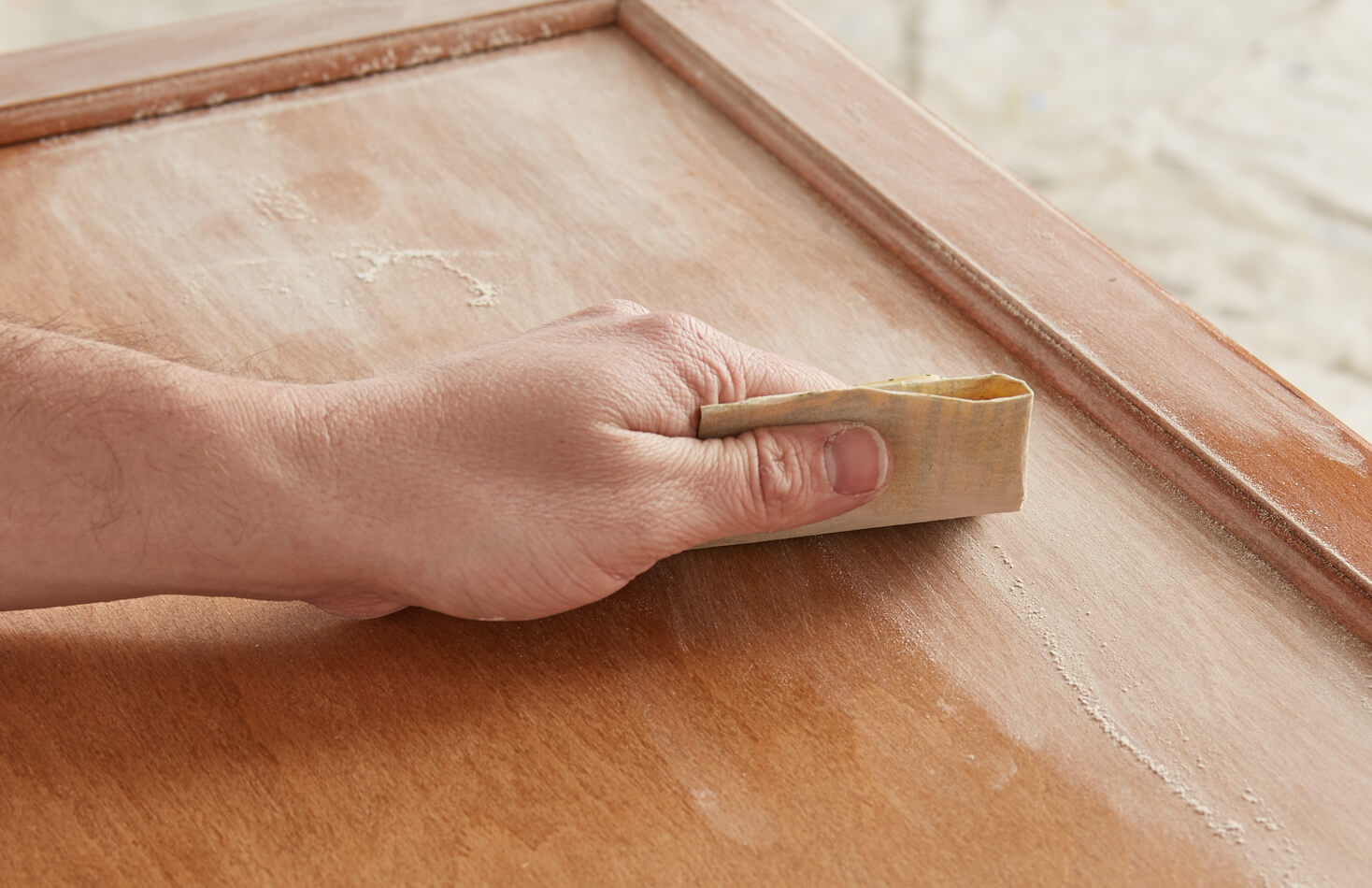

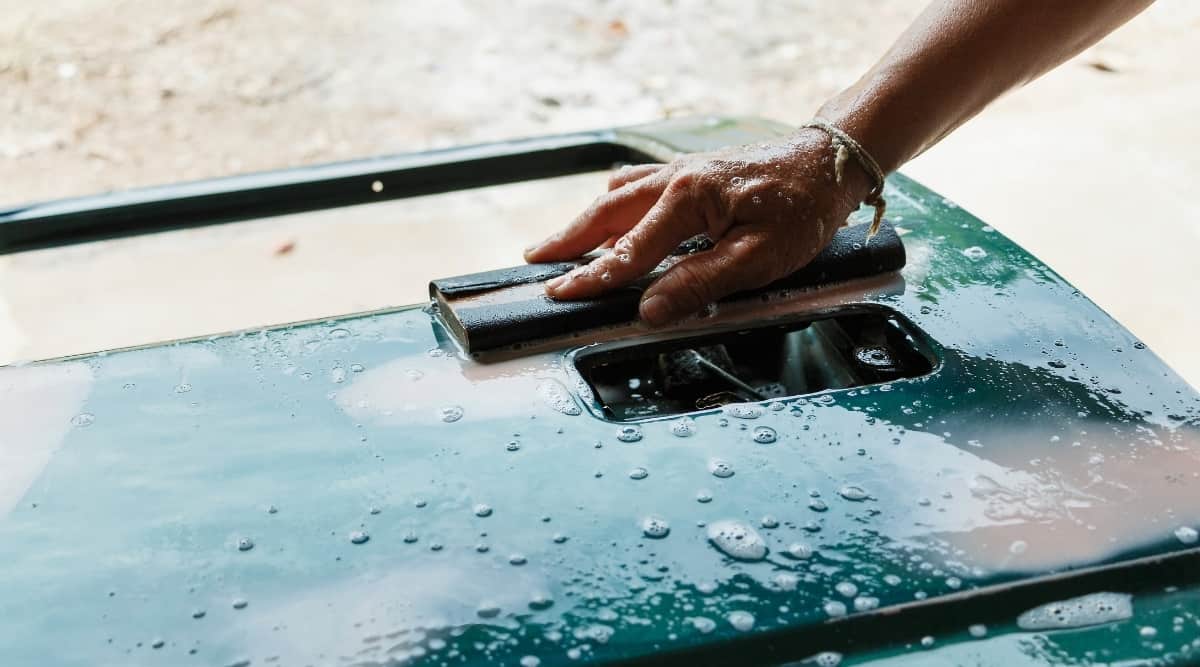
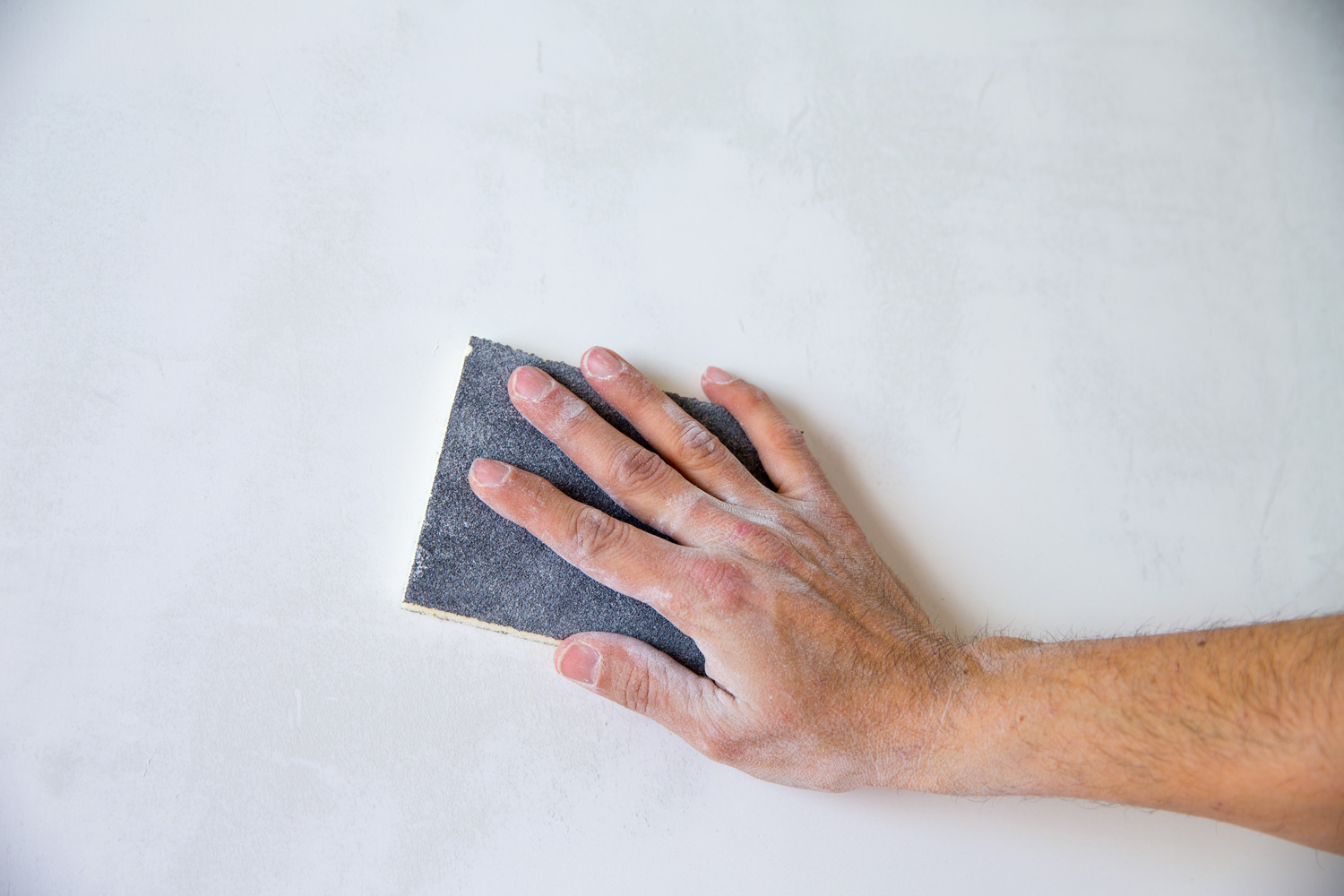
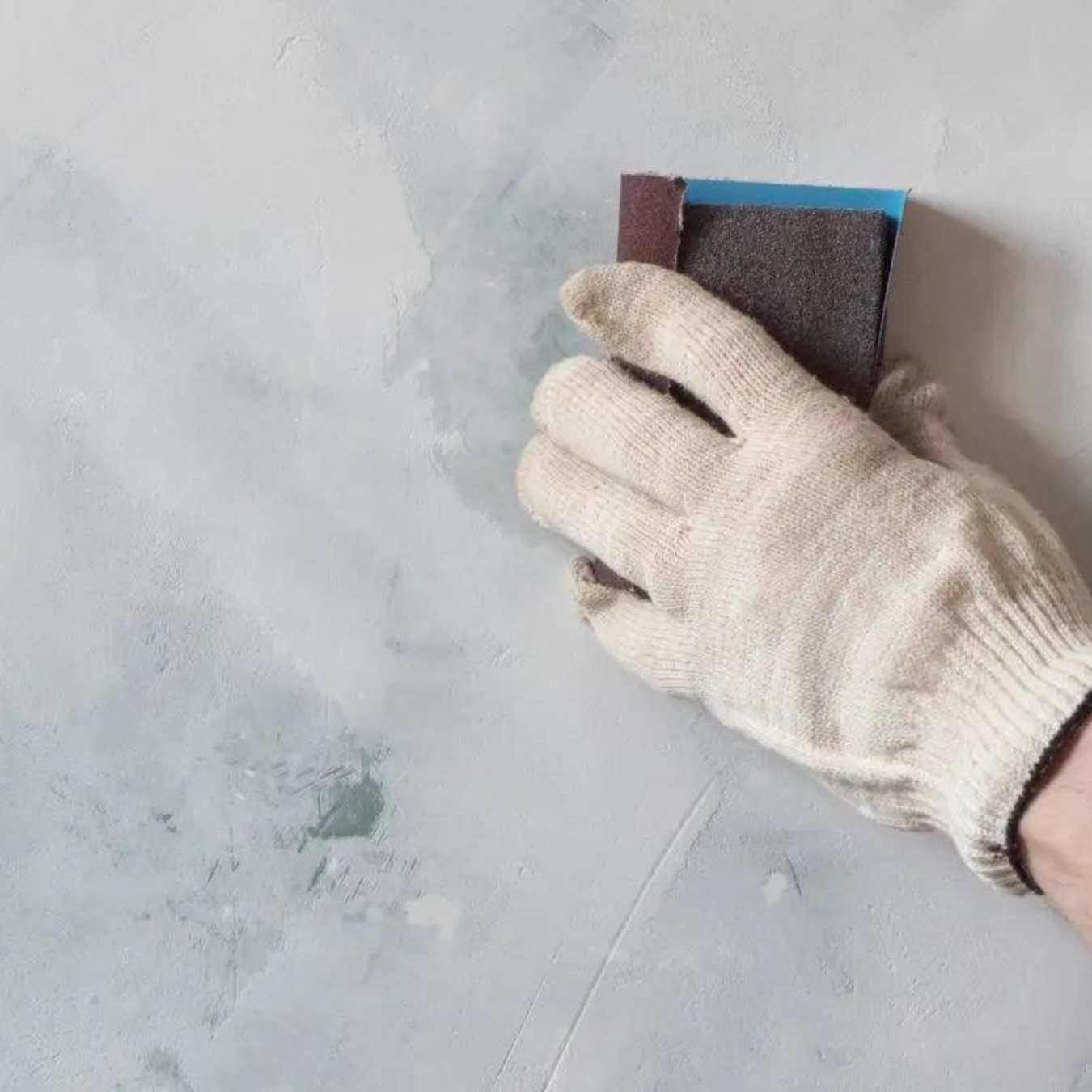
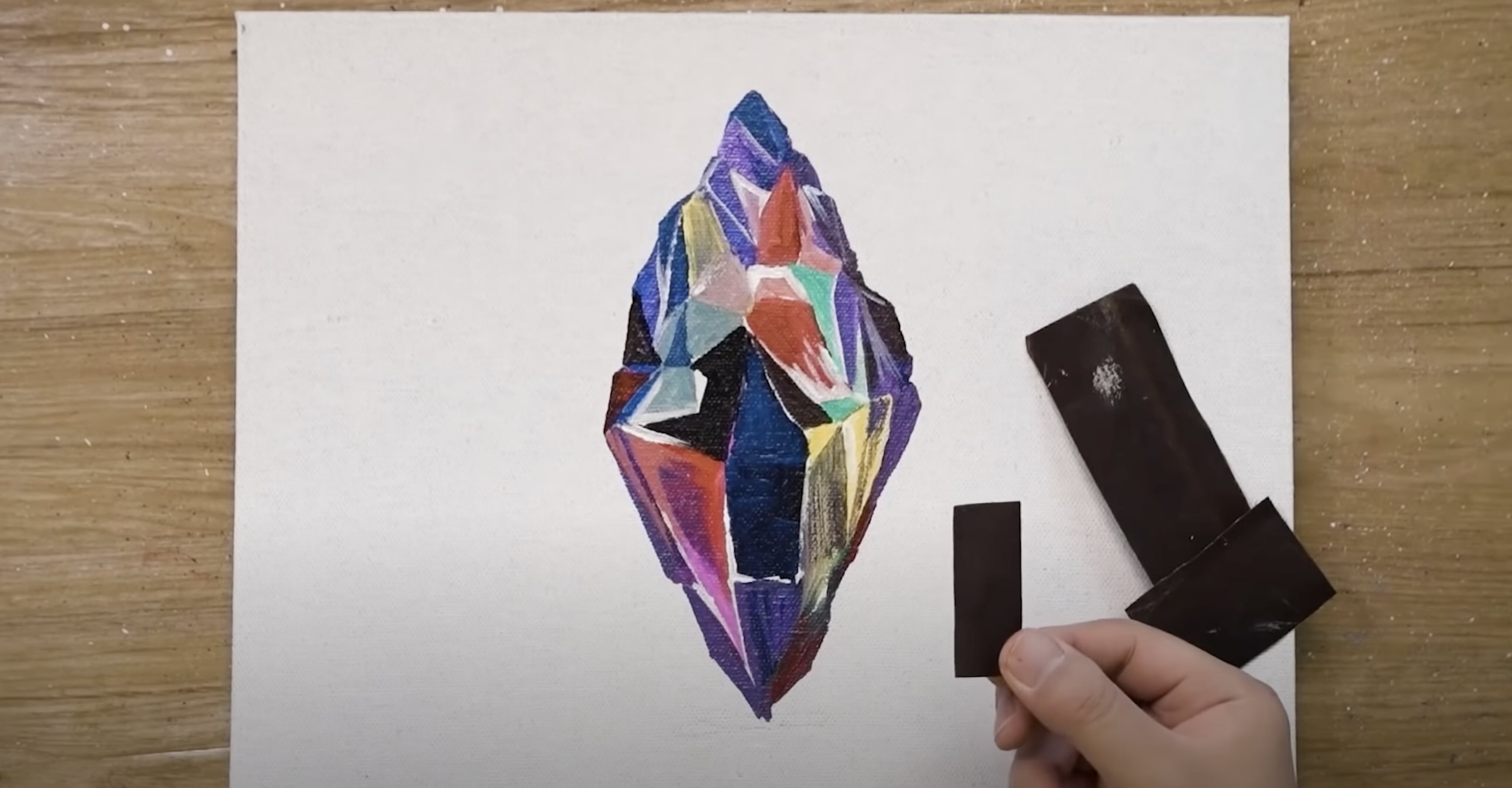
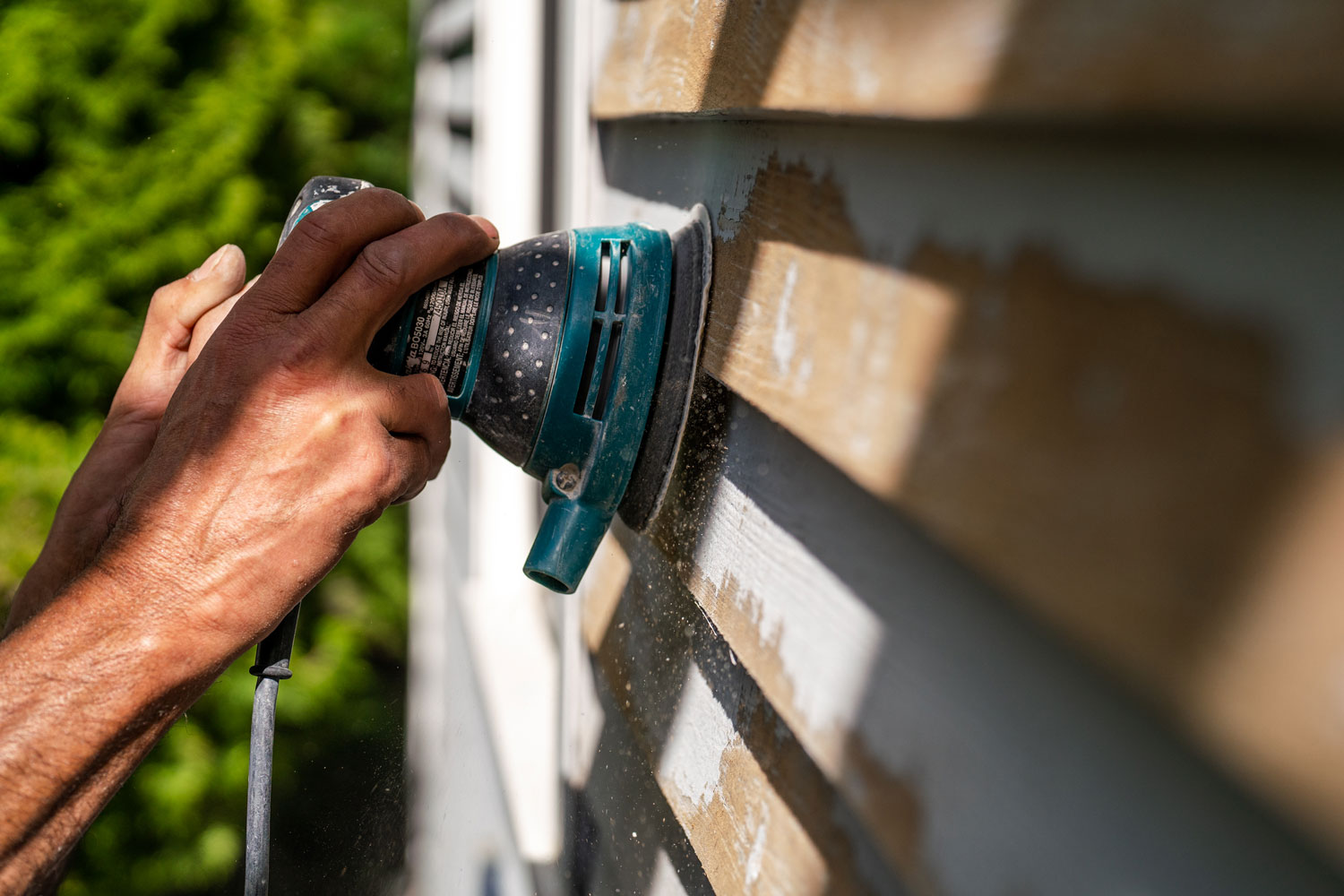

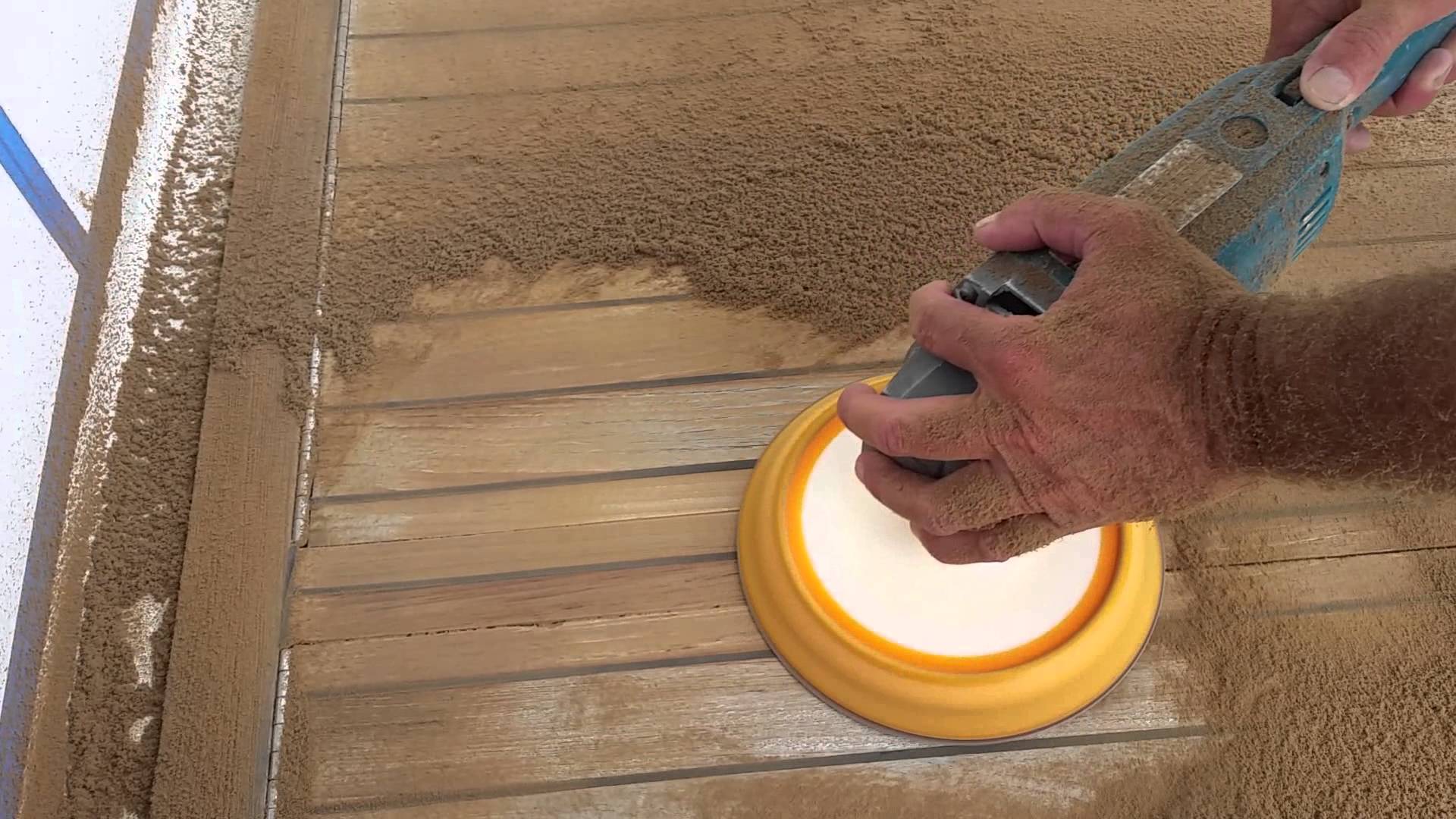
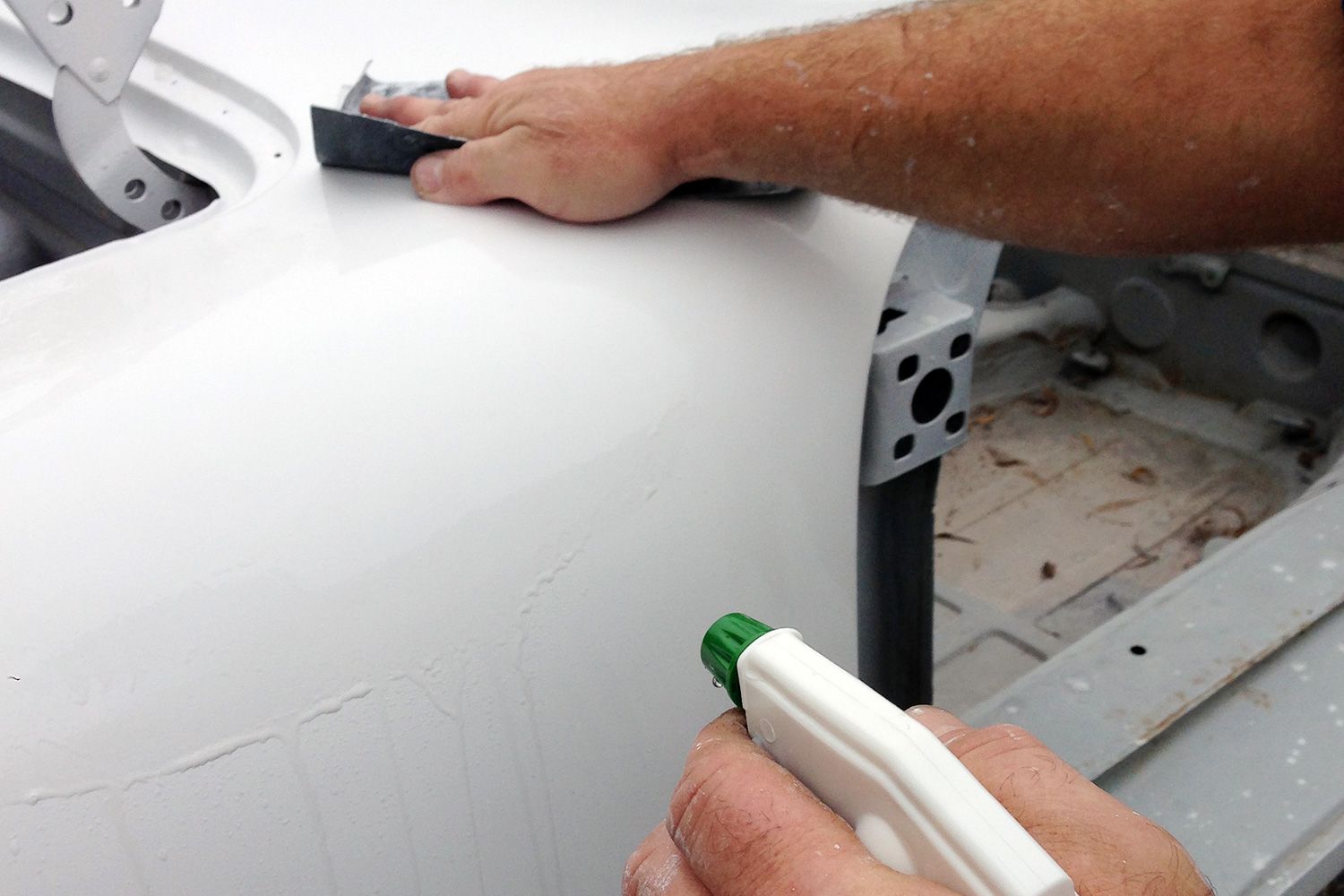
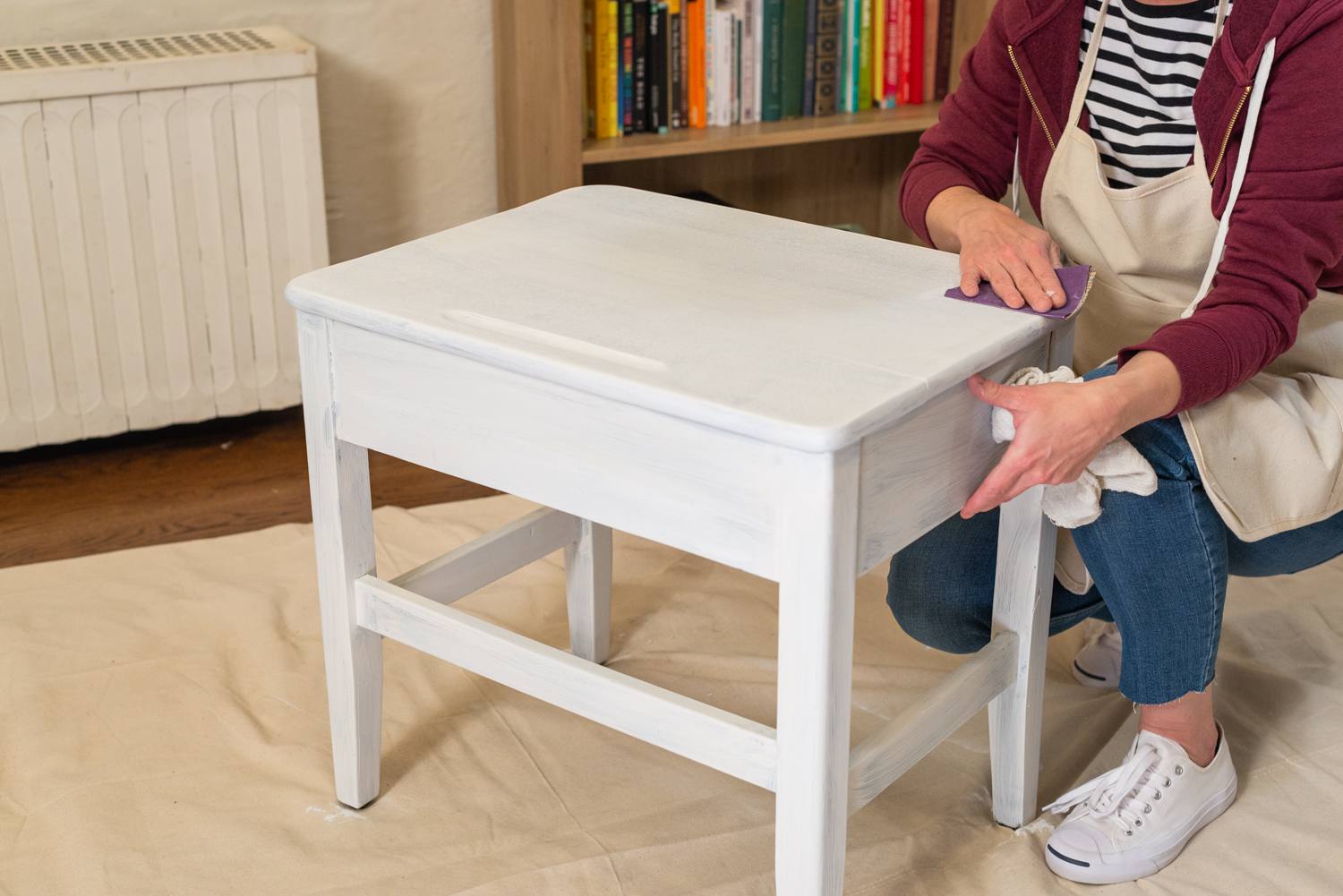
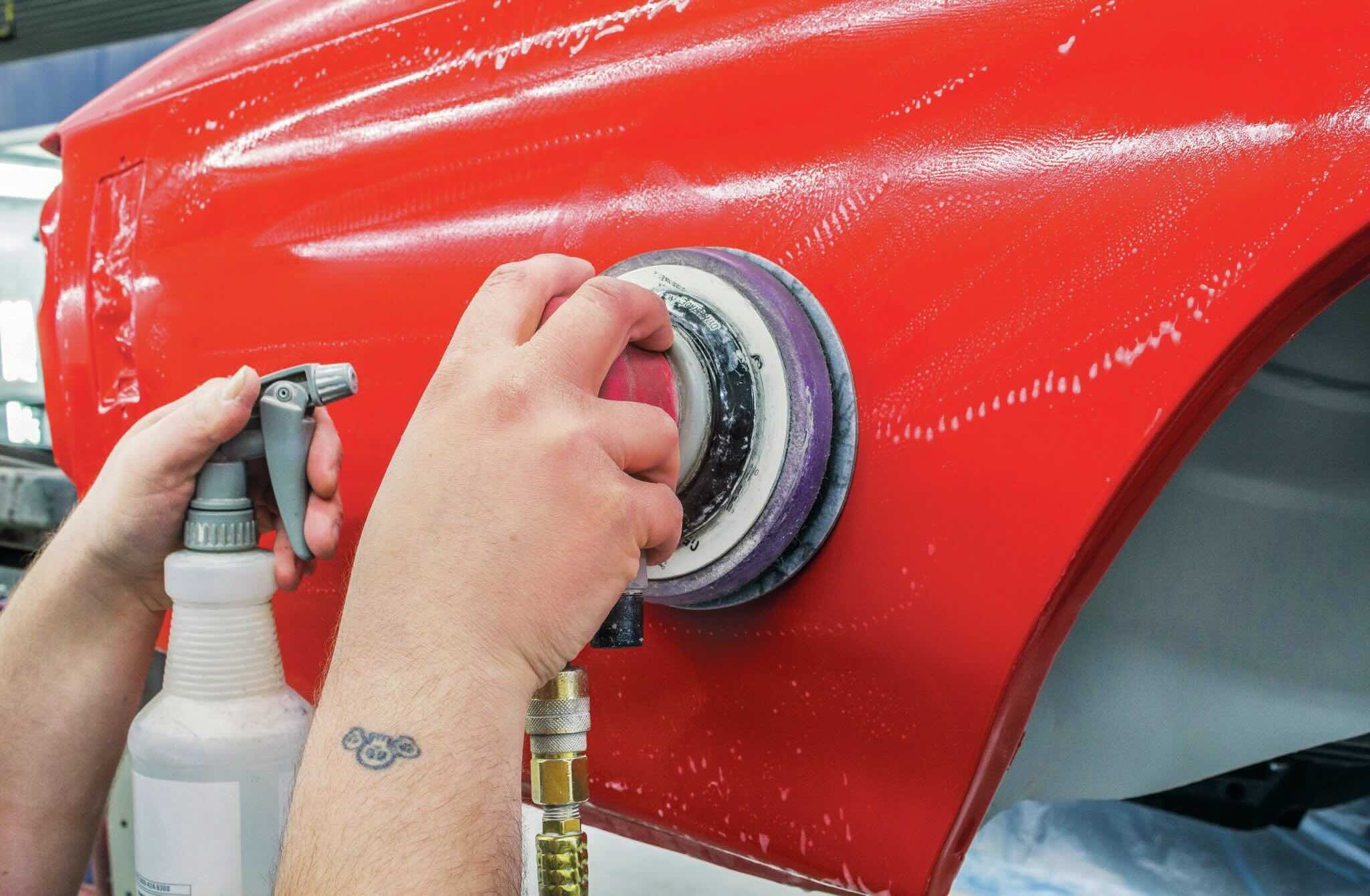
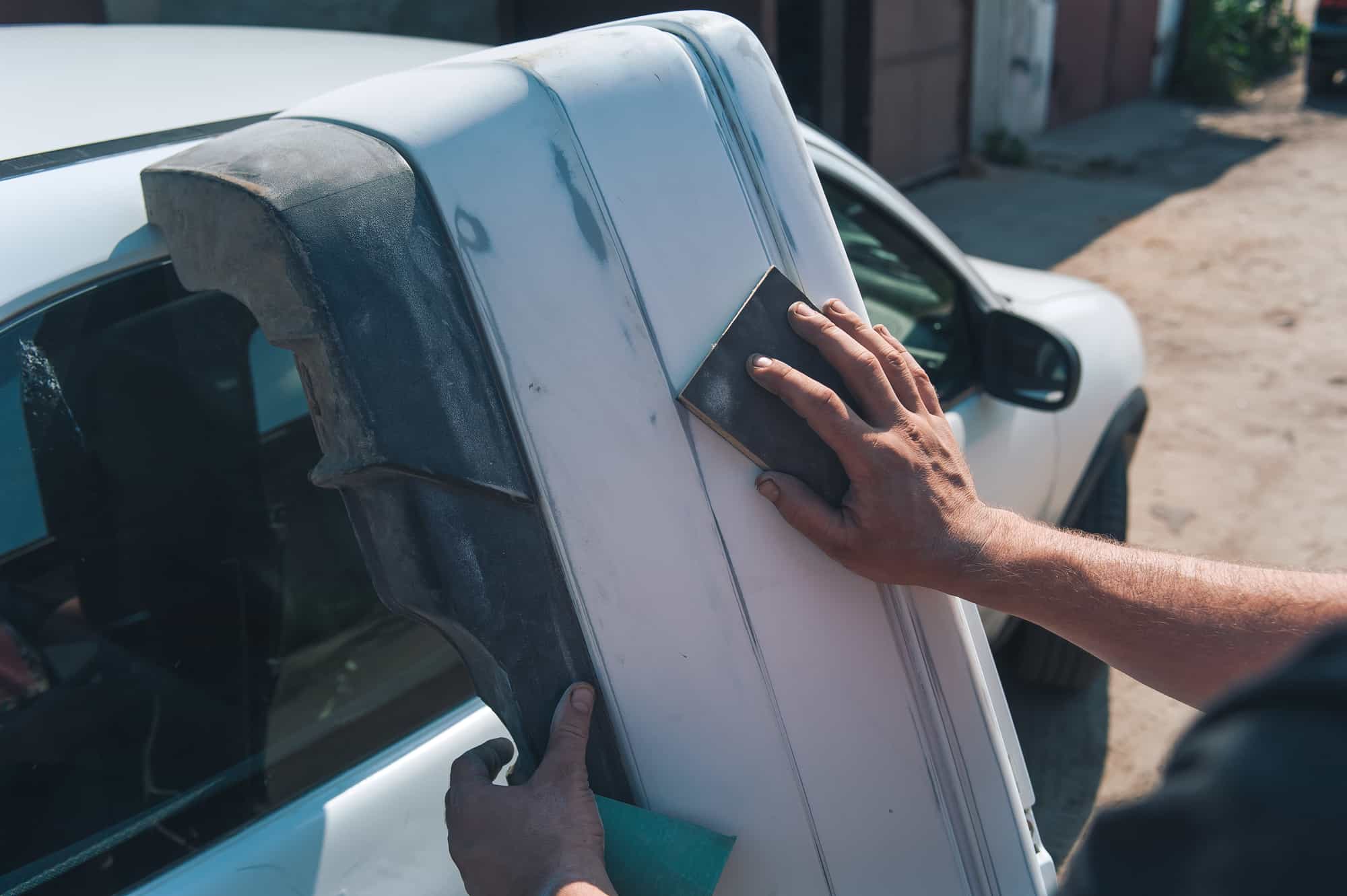
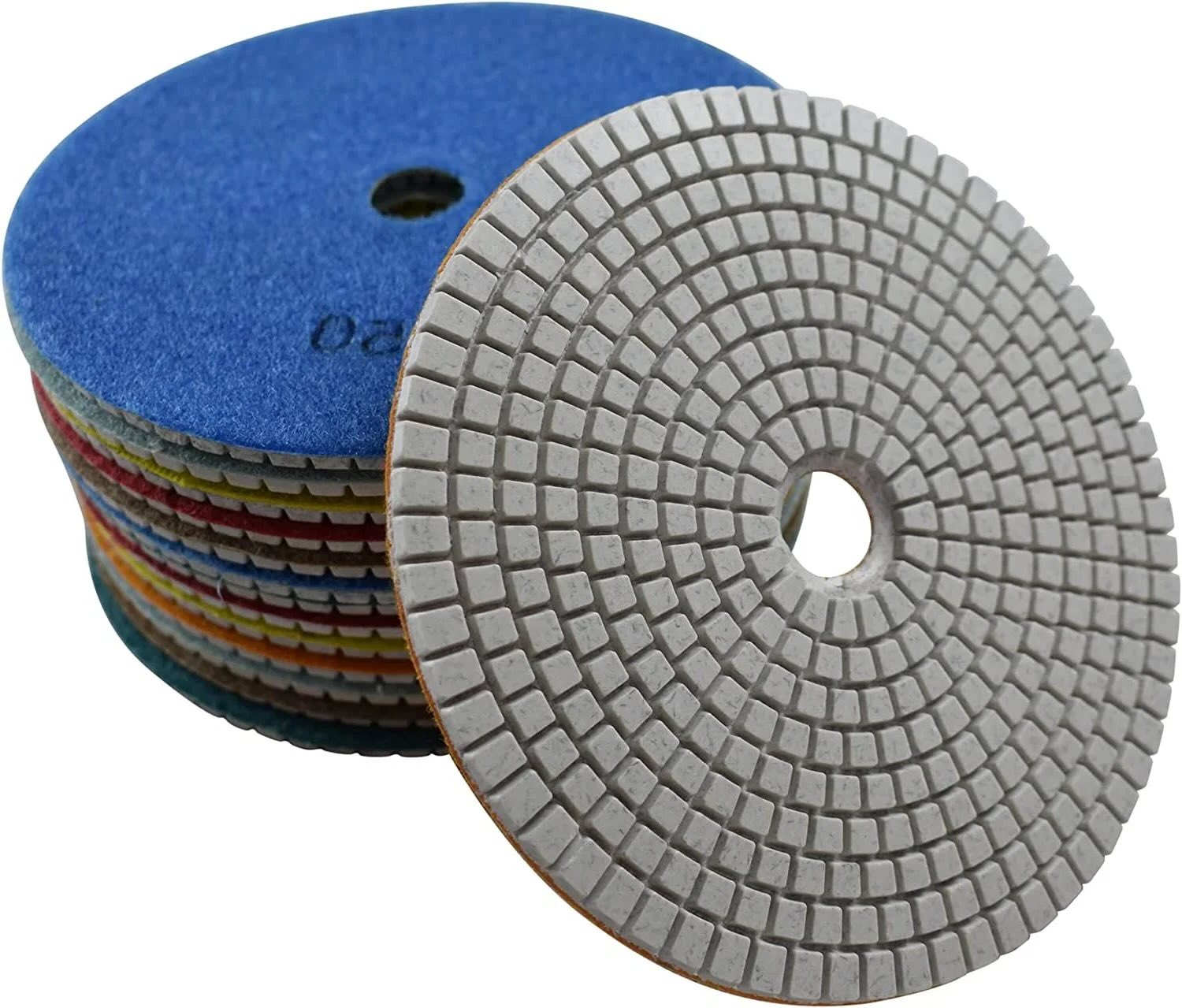
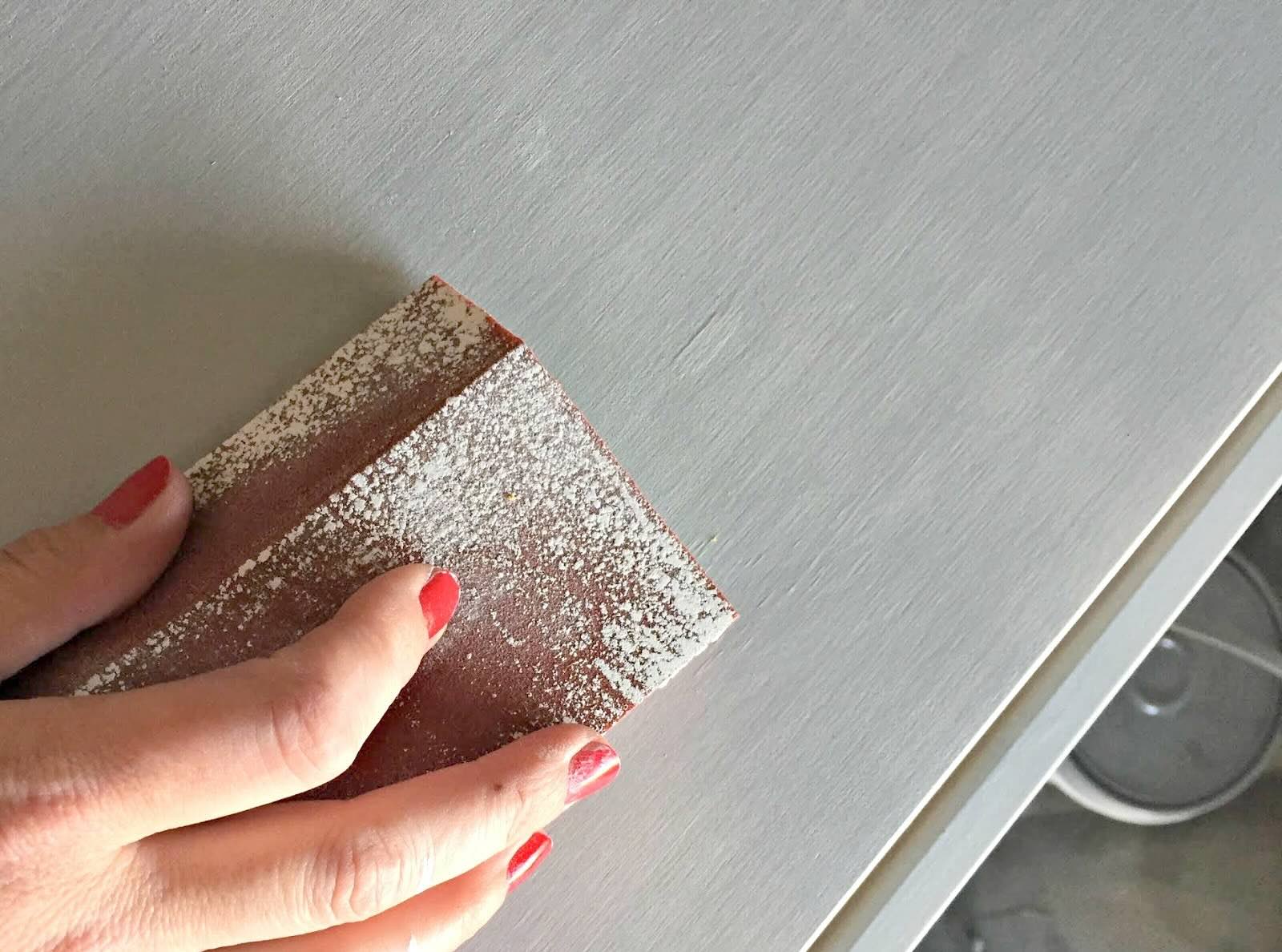

0 thoughts on “What Grit Sandpaper To Sand Semi Gloss Paint”